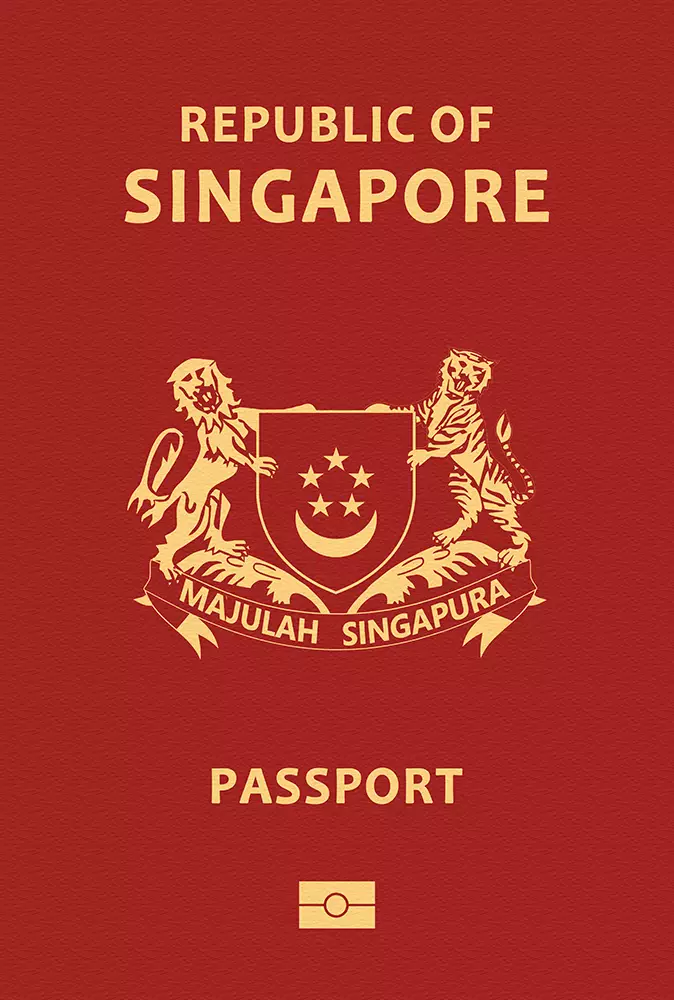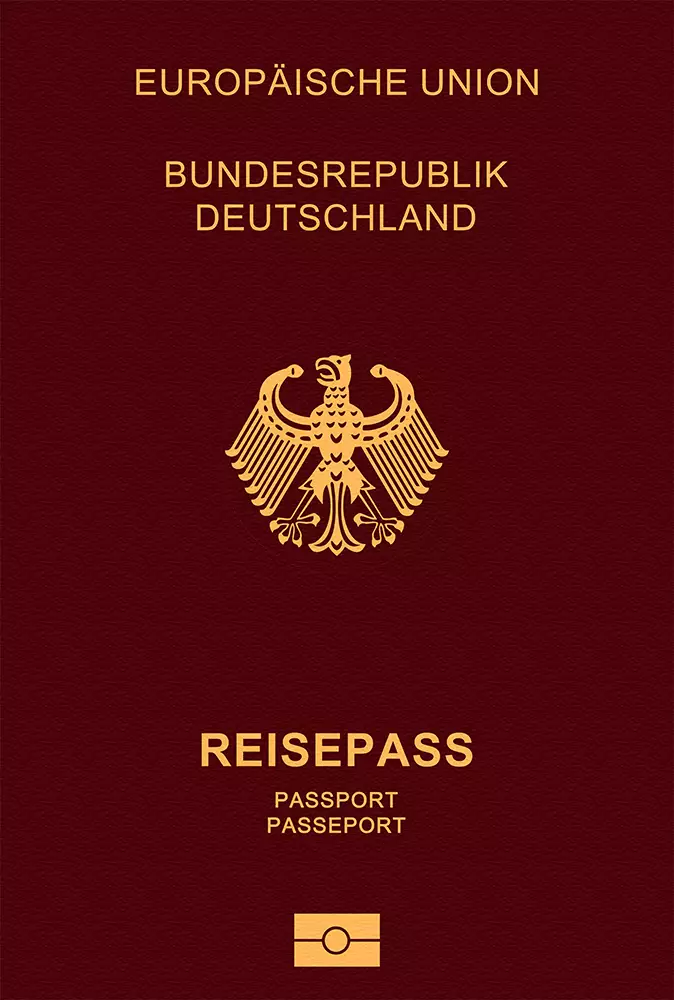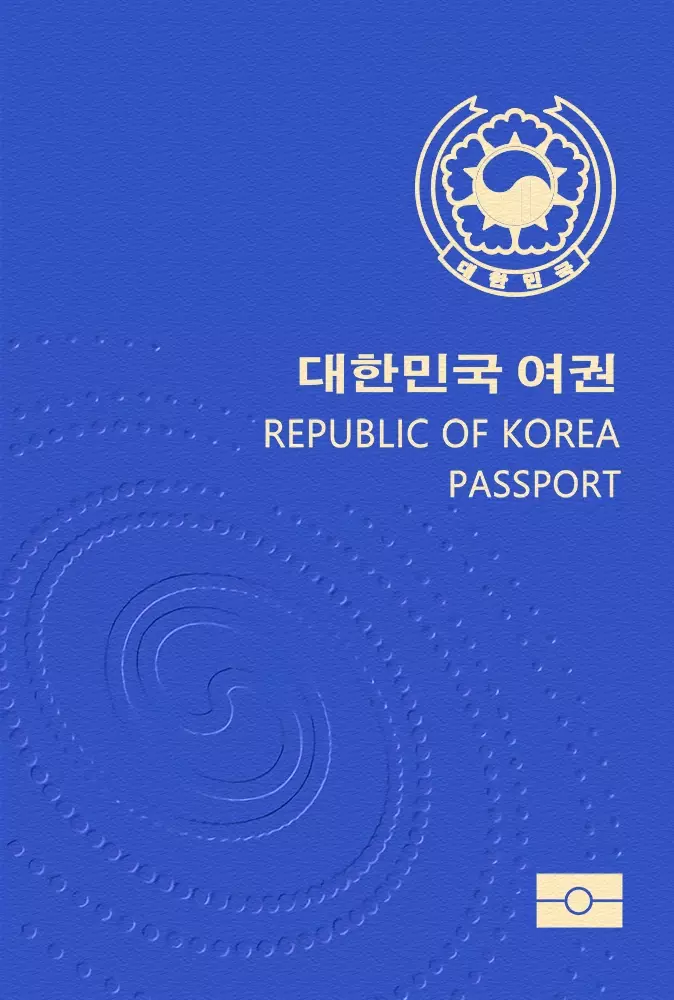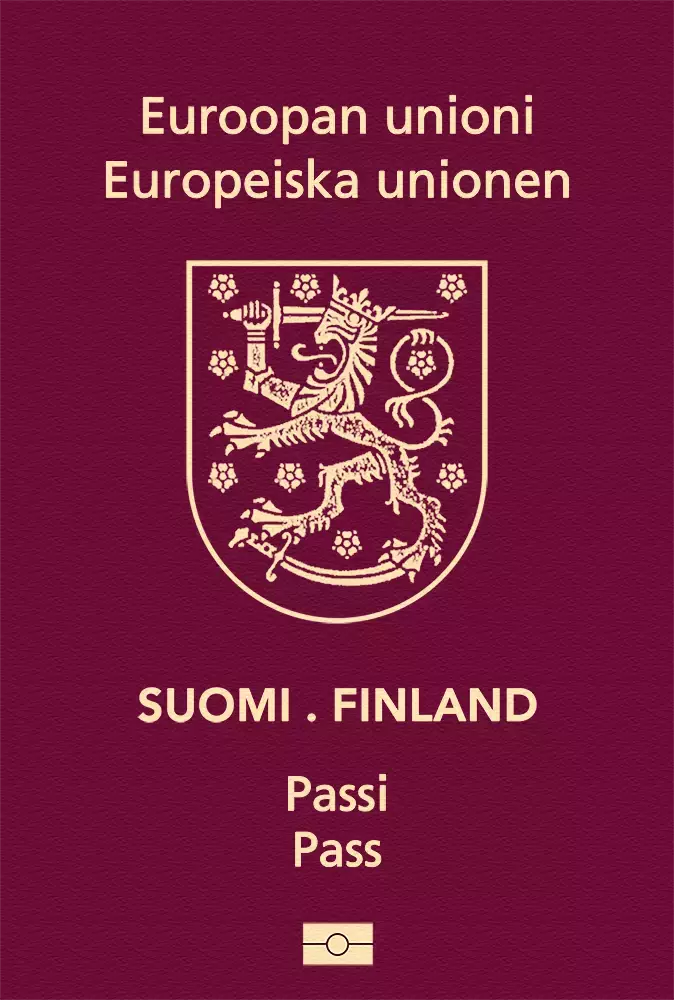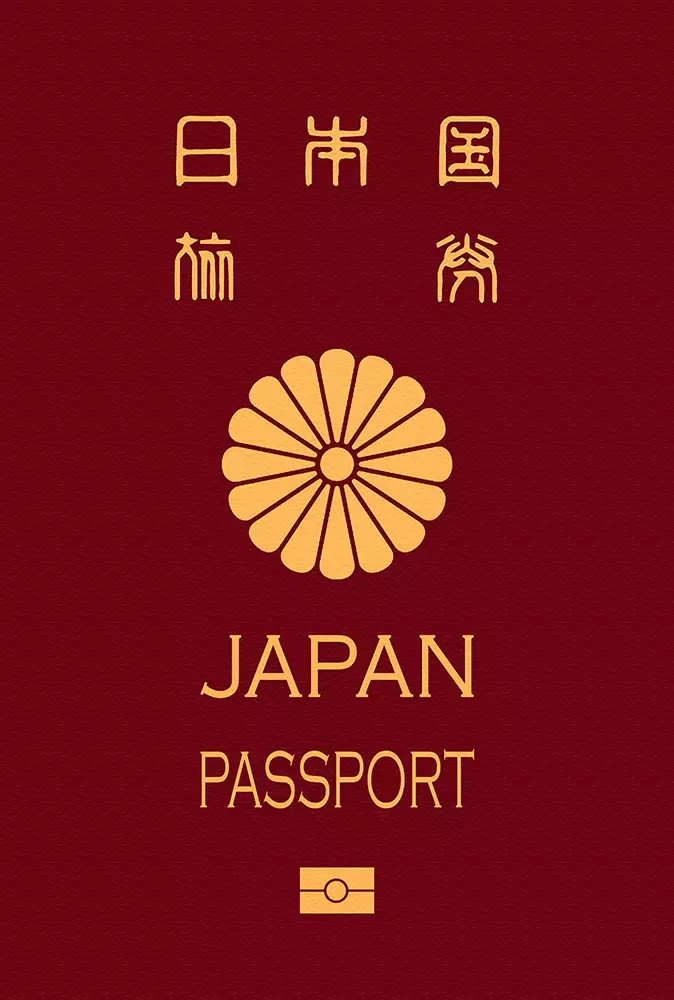The Slovak Republic is a member of the European Union and is divided into eight regions. Presov, Kosice, and Zilina are the three most significant regions. Situated in Central Europe, the country shares borders with Austria, Czechia, Poland, Ukraine, and Hungary. Slovakia, with a land size of 49,035 square kilometers, is the 28th largest nation in Europe. It experiences frigid winters and cool summers due to its temperate environment. Lowlands in the south and mountains in the center define the topography. With a total population of nearly 5.6 million, it ranks as the 18th most populous nation in the EU. With 432,864 residents, Bratislava is the most populous city in the nation and its capital. Kosice and Presov are two more significant cities.With 2.2 million passengers annually, Bratislava M.R. Stefanik Airport (BTS) is the biggest airport. The airport bears the name Milan Rastislav Stefanik in honor of the renowned Slovak general. It includes both internal and international travel links that link Slovakia and Europe. Slovakia's neighbors, Austria, Germany, Poland, Hungary, and Ukraine, have all had an impact on its culture. Roman Catholicism is practiced by the great majority of people. Slovak is the official language. The foundation of the legal system is the civil law of Austria-Hungary. The form of government is parliamentary republican... Eduard Heger, the elected prime minister, is the head of government, while Zuzana Caputova, the elected president, is the head of state. The Euro (EUR), which is the official currency of the nation, is currently worth 0.93 USD. The nation, which ranks 25th in Europe, has an open economy and a GDP of about $209 billion. The per capita income of its people is $38,321. The two main industries that comprise the majority of the GDP are industry and services. Among the most significant exports are metal, gasoline, vehicles, wheat, potatoes, sugar beets, and hops. Slovakia has a wide range of historic tourist locations, both natural and urban.Its historic cities and distinctive culture draw travelers. Scattered across the nation are seven UNESCO World Heritage Sites. The Slovak Paradise National Park, Kosice, Liptov, the Slovak Karst Caves, and the capital city of Bratislava are a few of the popular travel locations. Approximately 5.4 million tourists visit the nation each year, the bulk of which are from Europe and the neighboring region.







































































































































































































































